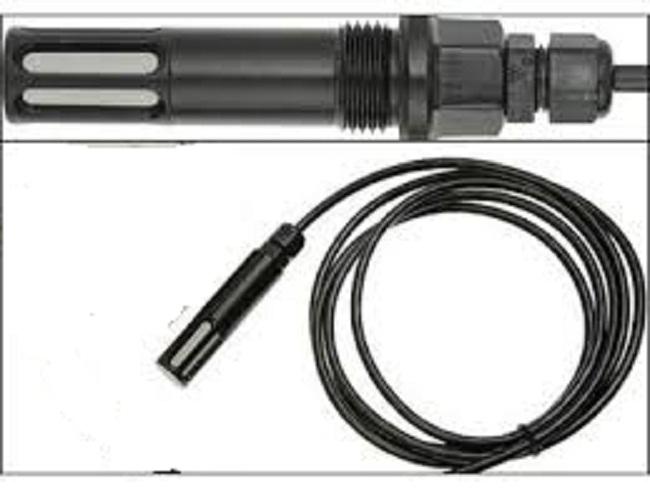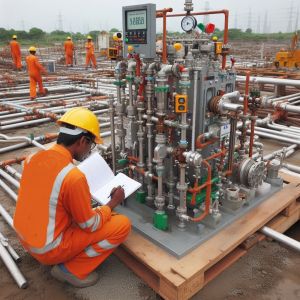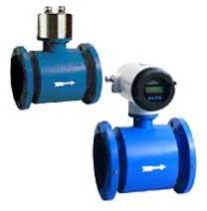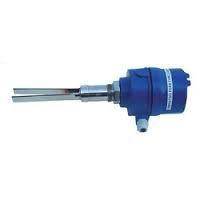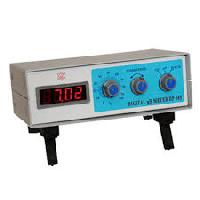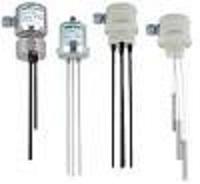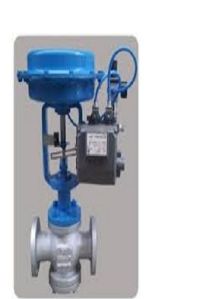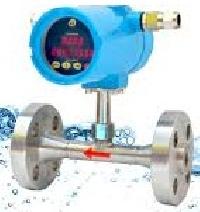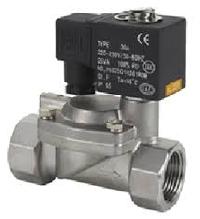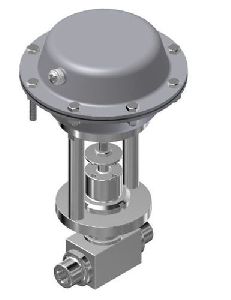| Business Type | Manufacturer, Exporter, Supplier |
| Shape | Cylendrical |
| Color | Black |
| Condition | New |
| Click to view more | |
Product Details
A humidity transmitter is a device that measures the relative humidity (RH) in an environment and transmits that information electronically as a signal. This signal can then be used by other devices for monitoring, recording, or controlling purposes. Here's a closer look at humidity transmitters:
Function:
· Senses the surrounding air's relative humidity using a built-in sensor (often similar to those in humidity controllers).
· Converts the measured humidity value into a standard electrical signal (e.g., 4-20mA current loop).
· Transmits the signal over a cable or wirelessly to a monitoring system, data logger, or control unit.
Benefits of using a humidity transmitter:
· Remote monitoring: Allows for monitoring humidity levels from a central location, even for spaces that are difficult to access physically.
· Data recording: The transmitted signal can be logged for data analysis and trend identification.
· Integration with control systems: The signal can be used by a controller to activate humidifiers or dehumidifiers to maintain desired humidity levels.
· Improved accuracy: Transmitters can offer higher accuracy compared to some humidity controllers, especially over long distances.
Applications:
· HVAC systems: Monitoring and controlling humidity levels in buildings for comfort and efficiency.
· Industrial processes: Ensuring precise humidity levels in manufacturing environments for product quality control.
· Environmental monitoring: Tracking humidity changes in greenhouses, laboratories, or weather stations.
· Data centers: Maintaining optimal humidity for proper storage and operation of sensitive electronic equipment.
Types of Humidity Transmitters:
· Wall-mounted: Installed directly in the space where humidity needs to be measured.
· Duct-mounted: Designed for placement within air ducts in HVAC systems.
· Wireless: Transmit the signal wirelessly to a receiver, eliminating the need for cables.
Choosing a Humidity Transmitter:
· Consider the range of humidity you expect to measure.
· Select the appropriate output signal type based on your control system's compatibility.
· Think about the environment where the transmitter will be installed (temperature, dust, etc.) and choose a suitable model.
In essence, humidity transmitters provide a more versatile and sophisticated way to measure and transmit humidity data compared to basic humidity controllers. They are ideal for situations where remote monitoring, data logging, or integration with control systems is required.
Looking for "Humidity Transmitters" ?
Explore More Products


